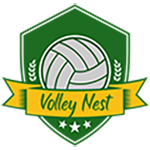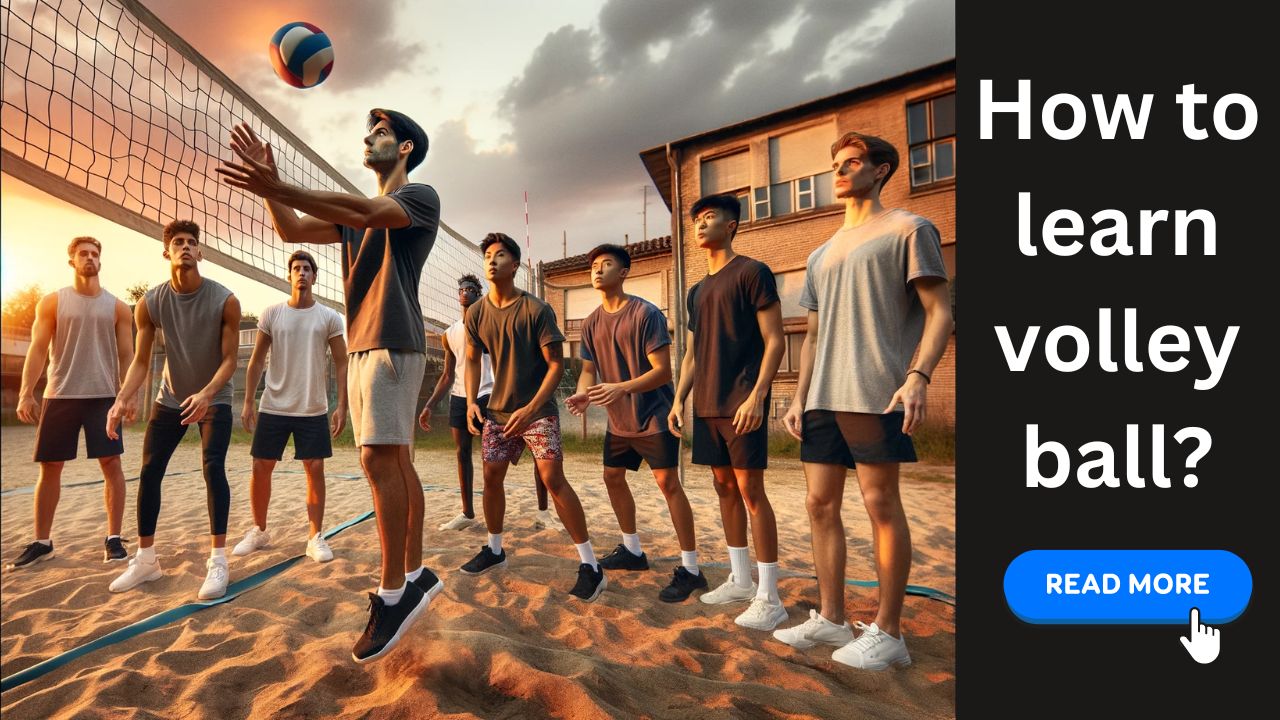Introduction
Hey there, sports enthusiasts! Are you eager to dive into the exciting world of volleyball? Whether it’s the thrill of a powerful spike or the teamwork on the volleyball court, this game has something for everyone. But how do you start? Well, buckle up, as I’m about to guide you through the exhilarating journey of learning how to play volleyball!
Understanding the Game: Volleyball Basics
Volleyball Court Layout
First things first: know your battlefield – the volleyball court. A standard court is divided into two equal halves, with a net at the center. Each half is further split into front row and back row, crucial for positioning your team’s defensive players and attackers.
The Objective: How to Score 25 Points
Volleyball is all about scoring points. A team scores when the ball touches the ground on the opposing team’s side or if the other team commits a fault. The first team to reach 25 points (with at least a 2-point lead) wins the set!
Step-by-Step Guide to Volleyball Skills
Learn the Basic Rules
Before you bump the ball, you need to learn the basic rules of volleyball. From the right way to contact the ball to the rotation system, understanding these rules is vital.
Mastering Basic Volleyball Skills
– Serving: The Game Starter
Every volleyball game starts with a serve. Whether you choose underhand or overhand, the goal is to hit the ball over the net into the opposing team’s court.
– Passing: The Art of Bumping
Passing, or bumping, is the most fundamental skill in volleyball. Keep your legs slightly bent and your arms straight to create a platform to bump the ball accurately to your teammates.
– Setting: Up for the Spike
Practice setting, a crucial skill to set the ball for attackers. Position your hands above your head, forming a triangle, and push the ball upwards with your fingertips.
– Spiking: The Power Move
Learn how to spike or hit the ball with force into the opponent’s court. Timing and a strong arm swing are key.
– Blocking: Stop the Opponent
Blocking is essential to prevent the opposing team’s spikes. Jump and extend your arms over the net to block the ball.
– Digging: Defensive Prowess
Digging is a defensive move to save attacks or blocks. Stay alert and use your arms to guide the ball to a setter.
Volleyball Positions and Roles
Understand different positions, like outside hitters, setters, and liberos. Each role has unique responsibilities, making teamwork crucial.
Volleyball Drills and Practice
Consistent practice is vital. Engage in drills to enhance your volleyball skills. Practice setting, spiking, and blocking regularly.
Teamwork and Communication
Volleyball is a team sport. Communicate with your volleyball team, call out plays, and support each other on and off the court.
Advanced Tips: Elevating Your Game
Analyzing the Opposing Team
Learn to read the opposing team’s strategy. Anticipate their moves and adjust your team’s strategy accordingly.
Fitness and Conditioning
Volleyball demands physical fitness. Work on your strength, agility, and endurance to be an effective volleyball player.
Mental Toughness
Stay focused and resilient. Volleyball can be a game of momentum; maintain a positive attitude regardless of the score.
Conclusion: Your Volleyball Journey Awaits
Now that you know how to learn volleyball, it’s time to hit the court and start practicing. Remember, every great volleyball player started with the basics. Embrace the learning process, and soon, you’ll be an integral part of your volleyball team, skillfully blocking, digging, and scoring points. So, lace up your shoes, and let’s play volleyball!
FAQs
The basic skills include serving, passing (bumping), setting, spiking (hitting), blocking, and digging. Mastering these fundamentals is essential for playing volleyball effectively.
Practice regularly, focusing on each fundamental skill. Participate in drills to enhance your serving, setting, spiking, and passing. Playing in actual games also helps improve your skills and understanding of the game.
Yes, volleyball is an excellent workout. It improves cardiovascular health, builds muscle strength, enhances agility and coordination, and is a fun way to stay active.
While you can practice basic skills like serving and bumping on your own, volleyball is a team sport. Playing with a team allows you to learn positioning, teamwork, and game strategy, which are crucial aspects of the sport.
The essential equipment includes a volleyball, appropriate footwear (volleyball shoes), and comfortable athletic clothing. If you’re playing on a hard surface, knee pads are also recommended for protection.




